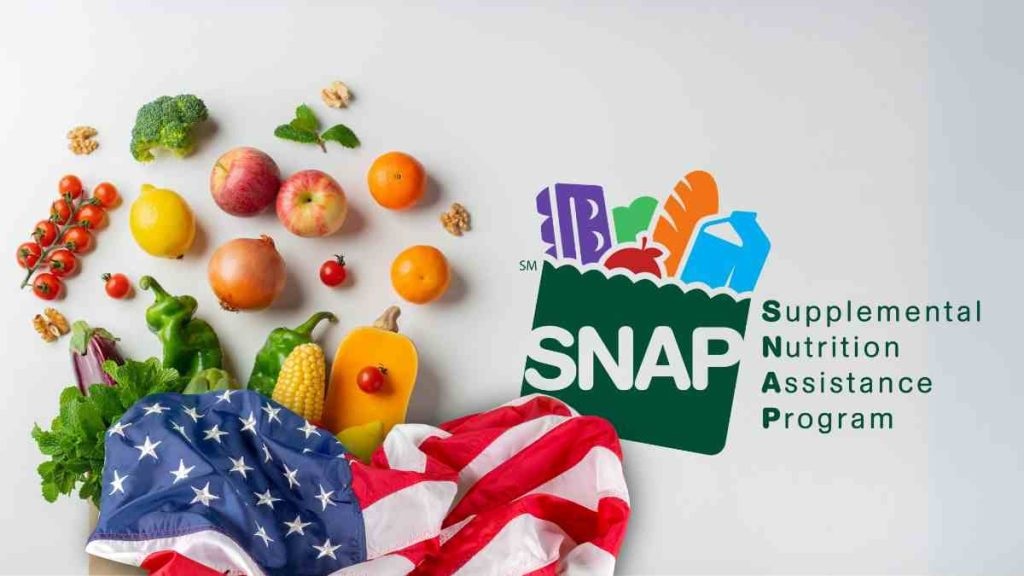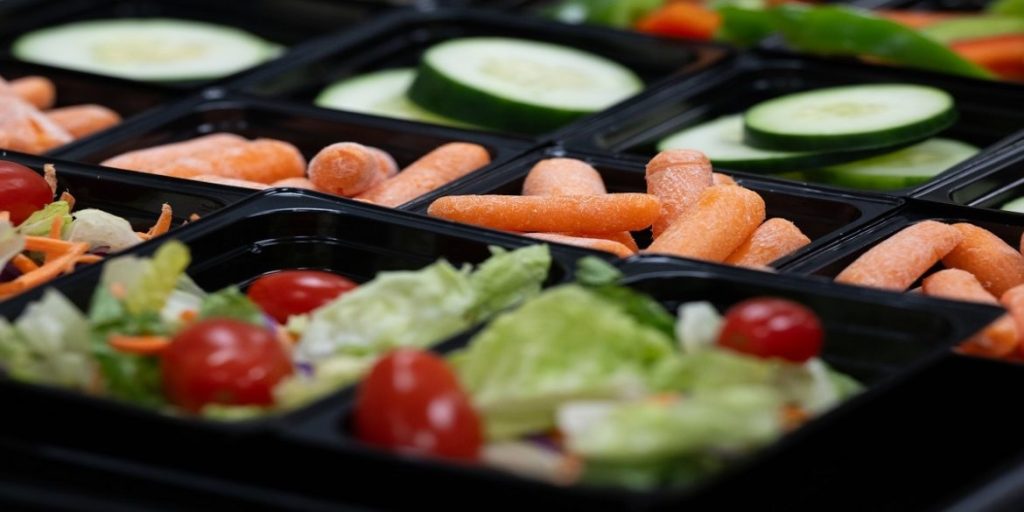Millions at Risk as U.S. SNAP Funding Faces Shutdown: The Return of America’s Hunger Crisis
As federal funding for SNAP runs dry, experts warn of the worst hunger crisis since the Great Depression — threatening 42 million Americans, from working mothers to the elderly.

Two decades ago, Sarah Carlson, a mother of three, relied on the U.S. food stamps program — now known as the Supplemental Nutrition Assistance Program (SNAP) — to feed her children with free grocery supplies.
Now 45 years old, Carlson lives in Rochester, Minnesota, and works as an operations director at a wealth management firm. She also serves on the board of the regional food bank Channel One, which works to expand food access across the state.
“I couldn’t have made ends meet without the program,” she said. While food stamps helped her survive, the government cut off her benefits after two years because she began earning more money — forcing her once again to worry about having enough food for herself and her children.
Today, nearly 42 million people across the United States may face the same fate if the federal government shutdown continues and funding for SNAP runs out on November 1, according to a report by The Guardian.
The report noted that while Republicans blame Democrats for risking benefits that low-income Americans depend on, anti-hunger advocates say this claim is misleading. The “One Big Beautiful Bill Act,” previously passed under the Trump administration, effectively cut about $187 billion in SNAP funding through 2024, according to estimates from the Congressional Budget Office.

The Looming Hunger Crisis
Joel Berg, CEO of Hunger Free America, warned:“If the funding runs out at the end of the month, we will witness the biggest hunger catastrophe in America since the Great Depression — and I don’t say that lightly.”
According to the Center on Budget and Policy Priorities (CBPP), the SNAP program supports low-wage working families, low-income seniors aged 60 and over, and people with disabilities living on fixed incomes.
To qualify, recipients must be at or below the federal poverty level, and the average monthly benefit is around $187 per person, according to the CBPP.
Funding Exhaustion Warning
The U.S. Department of Agriculture (USDA) recently sent a letter to regional SNAP administrators warning that program funds will run out by the end of the month. Officials were instructed to suspend payments “until further notice.”
More than 200 Democratic lawmakers have urged the USDA to use emergency reserve funds to continue issuing benefits, stressing that the administration has the authority to act immediately to ensure millions of families can put food on their tables in November.
In their letter, Democrats wrote that failure to issue SNAP benefits would represent a “serious dereliction of the administration’s duty” to the American people.
Partisan Blame Game
Democrats have refused to pass a funding bill to reopen the government unless it includes provisions preserving healthcare subsidies under the Affordable Care Act, which were cut during the Trump administration and are set to expire at the end of the year.
A USDA spokesperson, however, blamed Democrats for the lapse in SNAP funding, telling Fox News:“Senate Democrats face a critical choice — continue stalling to fund healthcare for illegal immigrants, or reopen the government so that mothers, children, and vulnerable Americans can receive benefits from WIC and SNAP on time.”
However, The Guardian clarified that this claim is false, as undocumented immigrants are not eligible for benefits under the Affordable Care Act.
While his organization primarily focuses on food insecurity, Berg expressed support for Democrats’ healthcare efforts, saying that access to healthcare directly impacts the same communities affected by hunger:“People who qualify for healthcare benefits may earn slightly more than SNAP recipients, but there’s a huge overlap.”

Struggles Ahead
Brittany, a 38-year-old mother of three from Kentucky, works 35 to 40 hours a week as a home health nurse and has received SNAP assistance for several years.
She rejects the stereotype that people on food stamps are lazy:“We’re not just sitting on the couch doing nothing. I work full-time, but SNAP helps me afford the basics. I still have to pay cash for the rest.”
If the government fails to restore funding, Brittany says she will have to work weekends to make up the gap, leaving her “with almost no time for her kids.”



